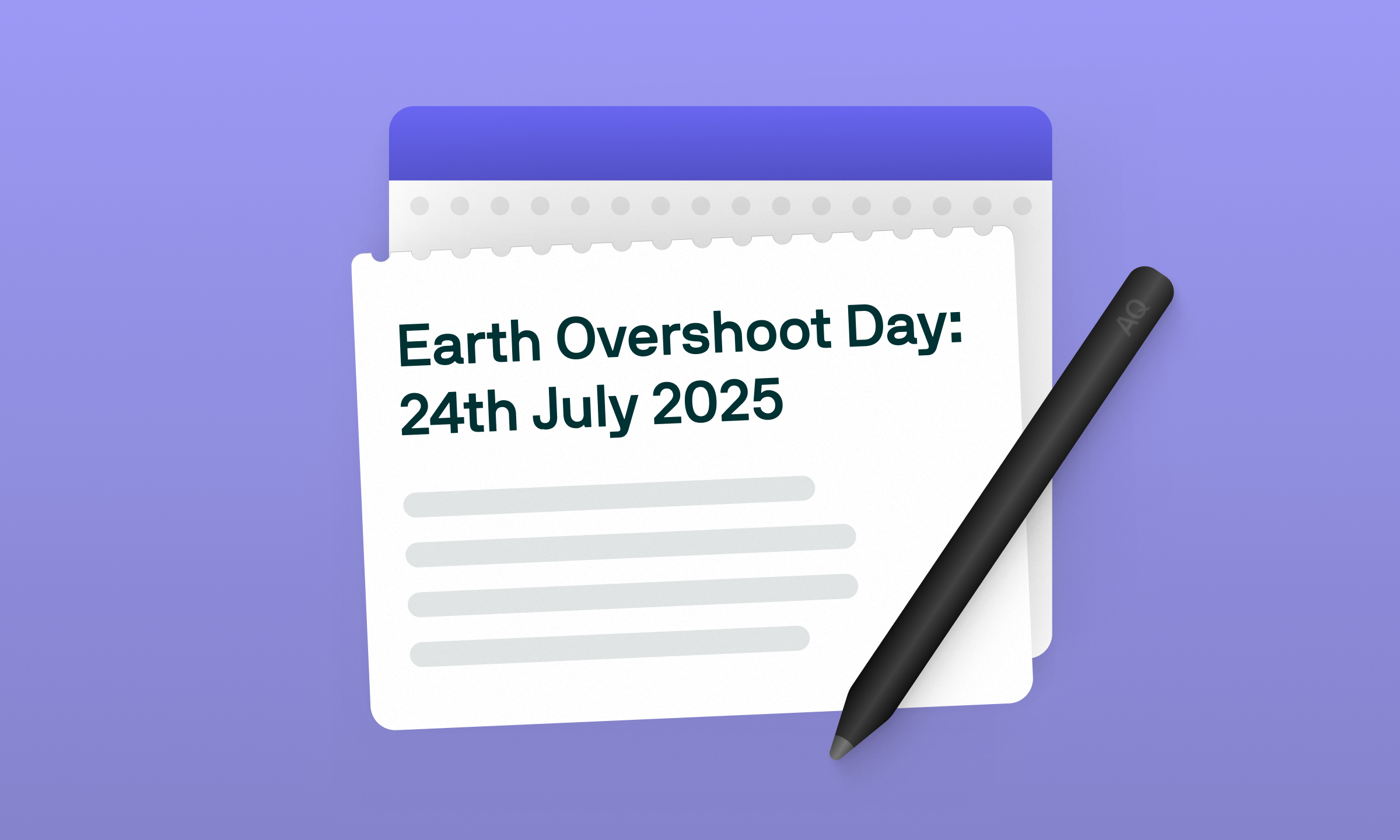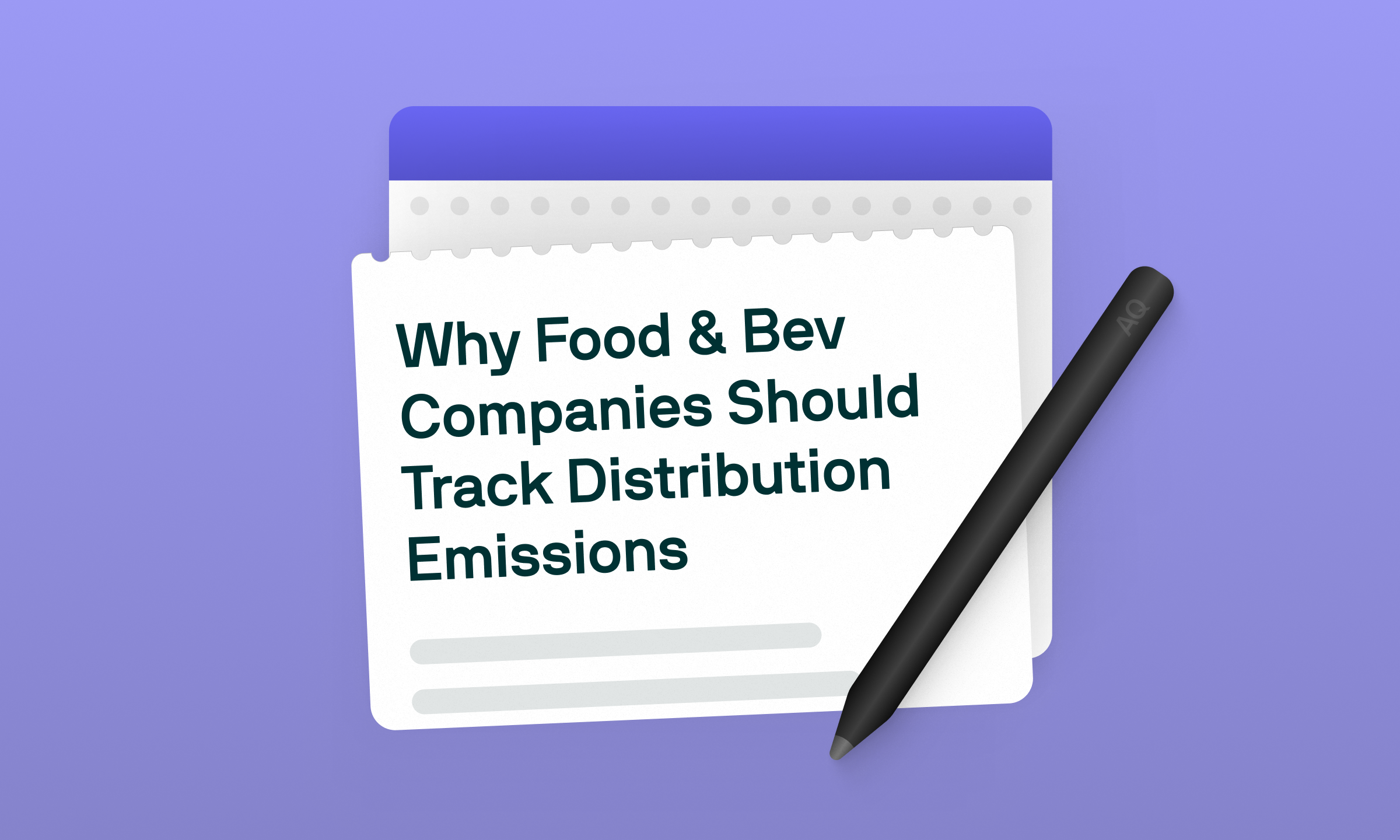Earth Overshoot Day: 24th July 2025

What you'll learn



Earth Overshoot Day: 24th July 2025
This year, Earth Overshoot Day lands on 24th July (in just two days). This means that our demand for ecological resources will exceed what our planet can regenerate in a year.
We're consuming resources at a rate that would require 1.8 Earths to sustain.
What is the Overshoot Day?
The Global Footprint Network calculates this date annually by comparing two key metrics:
- Our ecological footprint: Everything we consume (food, water, energy) and the waste we generate.
- Earth's biocapacity: What our planet can actually regenerate within the same year.
The bad news? Since the 1970s, this date has crept steadily earlier in the calendar year.
The good news? If we push Earth Overshoot Day back by just 6 days each year, we could exit overshoot before 2050. And the solutions already exist; from renewable energy transitions to circular economy models, from urban sustainability initiatives to ecosystem restoration.
But let's focus on where businesses can drive immediate impact: our food systems.
How Food Systems Can #MoveTheDate
Agriculture drives a significant portion of humanity's ecological footprint through deforestation, water consumption, and methane emissions from livestock. The industrial food system accounts for 44-57% of global greenhouse gas emissions.
Three Actions That Move the Needle
Click here for the full overview of solutions.
1. Cut Food Waste in Half = Move the Date by 13 DaysFood waste isn't just an economic issue, it's an ecological crisis too. By preventing waste at every step of the supply chain (through measures like tax incentives for food donation and better distribution systems), we could shift Earth Overshoot Day by nearly two weeks.
2. Shift Dietary Patterns = Move the Date by 17 DaysAdopting plant-based foods and reducing meat consumption through vegetarian diets would push back the date by more than two weeks.
3. Scale Regenerative Agriculture = Move the Date by 1.9 Days
Regenerative agriculture might "only" move the date by 1.9 days by 2050, but this understates its potential. These practices (no, it’s not just about cover crops):
- Build soil health and resilience
- Reduce dependency on synthetic inputs
- Enhance biodiversity
- Improve water retention
- Create more stable yields in changing climates
Most importantly, regenerative agriculture represents a fundamental shift in how we think about farming: from extraction to restoration, from depletion to regeneration.
Do You Want to Hear More About Regenerative Agriculture?
Listen to our SOS Podcast episode “A Farmer’s Truth About Regenerative Agriculture”.
We sat down with Adam Henkel, a seventh-generation farmer from Illinois. His family's conservation journey began in the 1970s when his grandfather sold the ploughs and started no-till farming, while "the neighbours thought he was crazy."
🎧 Tune in!



.svg.webp)






.png)



